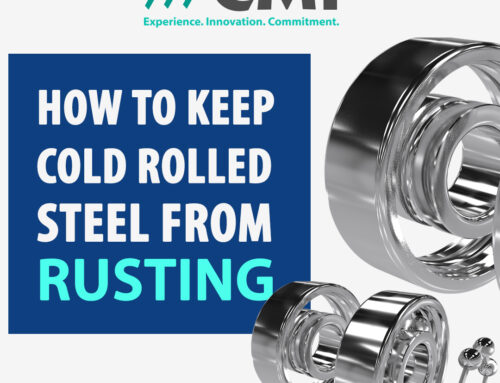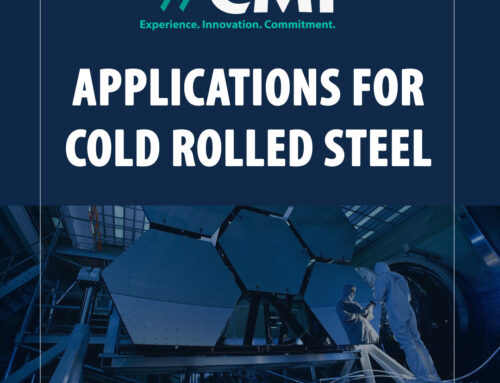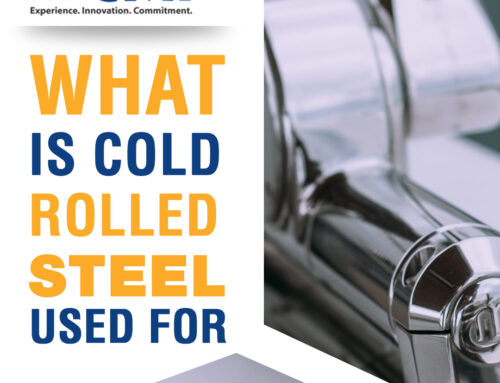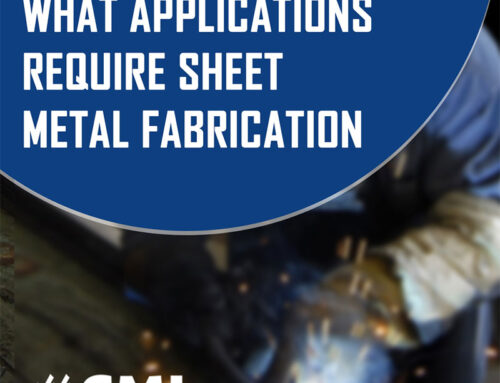
Specialists manufacture armors with blast and anti-ballistic protection levels with the help of composite materials. These fabricated panels are used to assist the armor systems of our military and are made to the specs designated for such. Our spall liners consider the safety and environmental standards set by the military specs.
Military vehicle manufacturers designed the vehicle to protect the driver, passengers, and equipment from enemy fire. They are designed to have adequate armor protection on the outside that shields them from bullets, explosives, and shrapnel.
There are different types of military vehicles that use different types of spall linings. Some of these include tanks, armored fighting vehicles, and military trucks.
Why We Use Spall Liners
Spall liners are designed to protect military vehicles from the spalling effect when high-energy fragments of armor material break off and fly in all directions. Heavy spall liner is used to protect military vehicles from critical damage caused by shrapnel. They are usually made of composite materials and can be fitted inside and outside of a car.
Military vehicles have different types of spall liners depending on their purpose and their level of protection. The most common types of armored vehicle models include anti-spall screens, anti-spall mats, anti-spall curtains, armor plates, and other armored vehicle designs.
anti-spall screens
Most current vehicles in the military have anti-spall screens. These screens are designed to protect occupants from shrapnel that spews from a damaged vehicle. For example, when a car is hit by an explosive, the anti-spall screen can absorb the shrapnel and shock waves that would have wounded or killed those insides.
anti-spall mats
Anti-spall mats are used in military vehicles to protect against shrapnel. The mats offer a protective layer against the spalling of metal fragments or stones that may fly into the car. They are usually used on the floors of tanks to help protect the belly side of the tank.
anti-spall curtains
Anti-spall curtains are essential to my safety to prevent spalling damage impact. They are energy-absorbing materials designed to absorb the mechanical stress and shock wave from an explosion and avoid rock particles from escaping into the air. Anti-spall curtains typically consist of a series of steel pipes bent into a cylinder with flexible, protective layers of fibers on the inside.
Anti-spall curtains in military vehicles are a form of vehicle armor protection. They safeguard the crew and passengers from spalls that might fly outside the vehicle when an explosion strikes it or when the ammunition inside is going off.
Spall Protection for Military Personnel

Spall protection is the most important factor for military personnel. They need to wear helmets or other protective gear to protect them from spall.
The word “spall” is derived from the verb “to spall,” meaning splitting or breaking off like a thin crust. This type of fragmentation occurs when a projectile strikes an object, and the kinetic energy of the impact causes pieces of material to break off from the object’s surface and scatter in all directions.
There are two types of spalling: primary and secondary. Primary spalling occurs when a projectile hits an object’s outer surface at such speed that it shatters into small pieces before penetrating it due to high surface stress, causing critical damage on both sides of the target body. Secondary spalling occurs when a projectile pierces an object and then explodes, and the shrapnel becomes the object of destruction.
Weathering, metal spalling, and corrosion are surface phenomena resulting in ballistic damage to surface layers and plating on tanks. Spall can result from mechanical weathering, projectile impact, maximal shear stress, rapid expansion, waves of compression, or plate impact.
Spall protection offers protection behind the vehicle’s armor bodywork. It is an internal layer of protection that offers secondary blast-proof protection to the occupants.
Materials Used in Spall Liners
Spall liners are custom fabricated from materials such as Kevlar®, which are rigid materials that can withstand a blast and be there to hold their ground in the aftermath of shrapnel. They are the second layer of protection which is placed right inside the hard exterior shell of the armored vehicle for added protection.
Materials such as this will have blast grades used to determine which material is best for the job. The goal is to minimize severe injuries and prevent fatal casualties.
Typically you’ll find these spall liner protection on the floors, sides, and roof of the armored vehicles and the weapon platforms of the naval warships.
Why Kevlar® Is a Great Material for Spall Liners.
Many military applications can use Kevlar® from bullet and fragment resistant vests to lining the armored vehicles. Helmets made from Kevlar® have been proved to resist up to 40% more fragments than the steel helmets used previously. Kevlar® is five times stronger than the steel equivalent. Because of this, we see Kevlar® in many applications for the military and the police, firefighters, and other personnel that need this sort of protection. It has very stable properties that allow it to be heat resistant.
Kevlar® is found to be resistant to a variety of threat levels in battles with vehicles such as fire, extreme heat, falls, cuts, and shrapnel.
You will find Kevlar® in spall liners inside tanks because of its exceptional properties, including noise and vibration dampening effects. But, you will also find it in ballistic blankets, explosive ordnance disposal suits, mine removal chaps, anti-mine boots, parachutists’ rough terrain suits, gloves, helmets, and vests, to name a few.
Why Kevlar® is Better Than Steel
Kevlar® is known to be better than steel in a variety of areas. It also is less heavy, easier to use, and easier to maintain as it doesn’t corrode as steel would. It offers the freedom to manufacture custom sizes for custom panels keeping armored vehicle designs in mind. This material doesn’t melt when exposed to extreme heat. It also won’t shrink in flames and only carbonizes when the temperatures get extremely hot. This happens only when the temperatures are so hot the living are no longer living.
With the materials being less heavy, that means that the armored tanks and other armor systems can be produced with less weight. This allows the military to produce more agile tanks that take less fuel than if it was made in all solid metal.
Spall liners come with different kinds of surfaces for heat insulation and complete disablement of splash damage and possess noise reduction qualities. They are available in a variety of materials such as cellular foam, high-performance polyethylene, and rubberized aramid, depending on exact requirement and purpose. These materials increase absorption of damage and show resistance to mechanical weathering, UV light, salt spalling, thermal and differential expansion, and corrosion reaction.
A lot of research has gone into spall liners. They are known to protect the soldiers and people that are readily in danger for their jobs. The goal is to produce a liner that is both protective and comfortable to wear. Many of these people have demanding jobs that require a lot of focus. Having something protecting them that is comfortable is essential.
If you are looking for an experienced manufacturer for spall liners, you have come to the right place. Give us a call, and let’s discuss your application and spec needs today.






